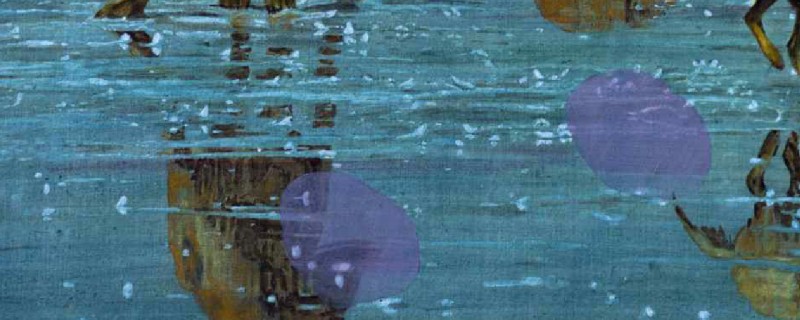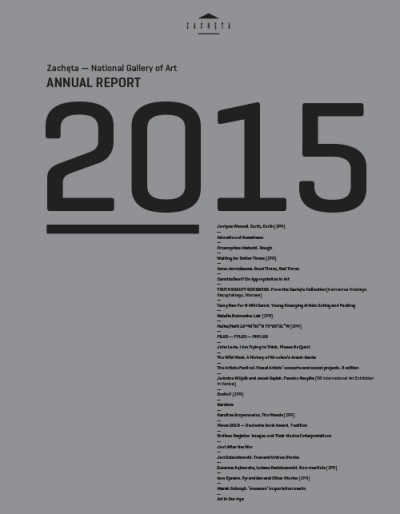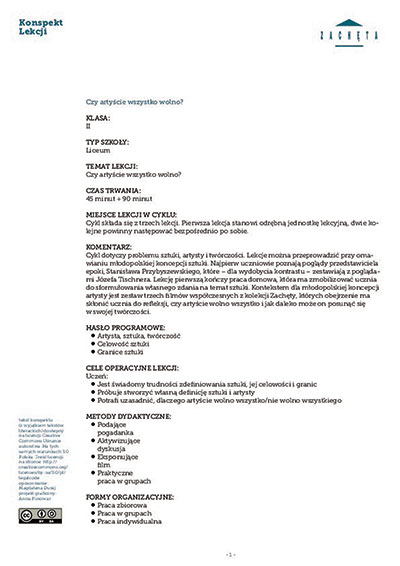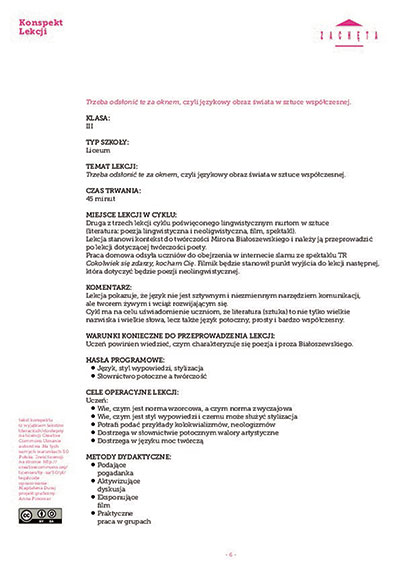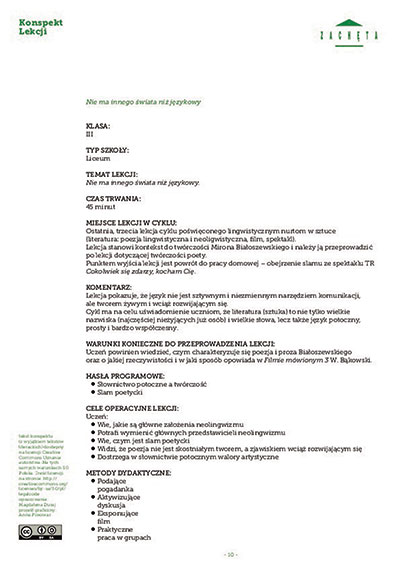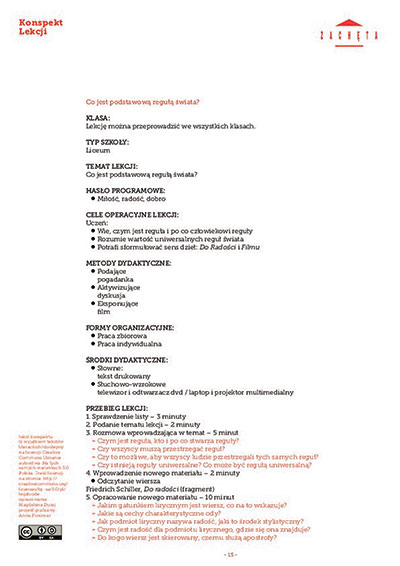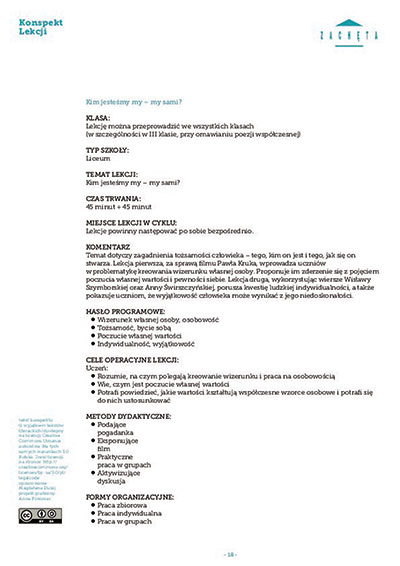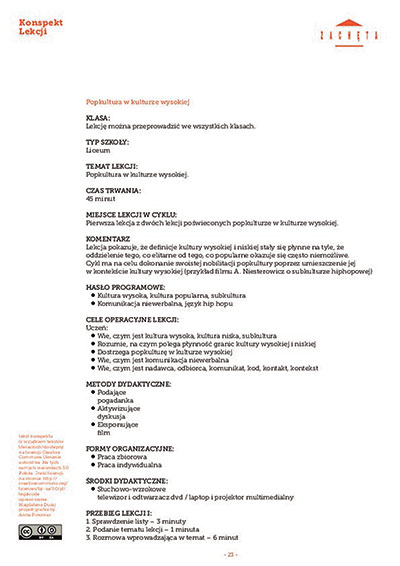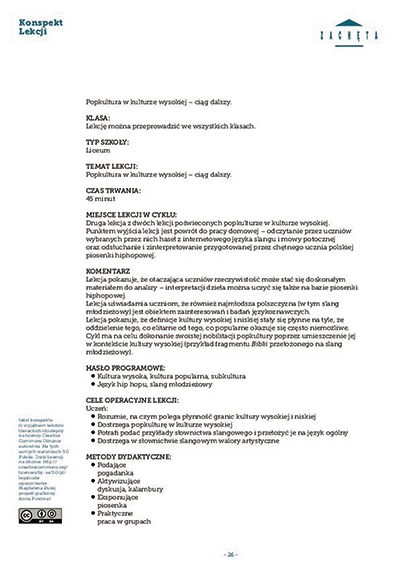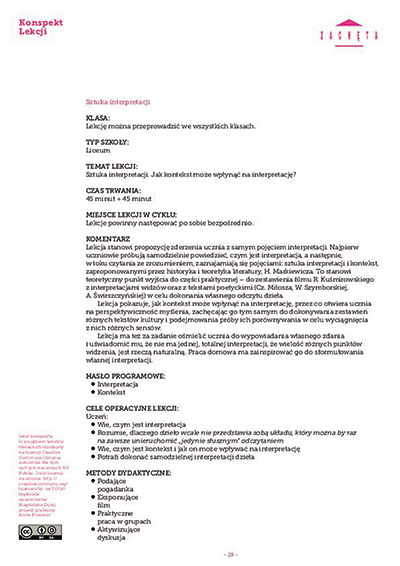This composition is a continuation of the explorations of artist and interior designer Teresa Kelm and composer Zygmunt Krauze that began with the Spatial-Musical Composition project of 1968. This project, with Henryk Morel as an co-author, was presented at Współczesna Gallery in Warsaw. Both compositions were designed to create a space in which viewers could determine their own path through the architecture, and in doing so, shape their individual audiovisual experience.
Here, music and space complement one another. Krauze’s composition is homogenous and without contrast, with an open form lacking a defined beginning or end. Similarly, Kelm’s architectural design follows an open compositional logic, with modular divisions, a rhythm of door openings and coloured light, allowing for expansion through additional units. ‘By moving through these zones of differing sound intensity, visitors can regulate the volume. They can remain in the full-intensity zone, retreat into silence, or listen to muffled sound. In this way, the listener shapes the form of the piece, determining its duration, the volume of individual sections and their relationships with each other,’ wrote the artists in the exhibition catalogue.
Light was an essential element of the work — each cubicle had its own colour scheme. As viewers moved between them, they influenced the composition’s visual and sonic variability and were exposed
to stimuli engaging multiple senses. Time, the frequency with which the doors were opened and how wide they were opened all became factors shaping the experience.
Teresa Kelm, Zygmunt Krauze Spatial-Musical Composition No. 2, 1970/2025
artist-led reconstruction of the artwork
folders / Texts
